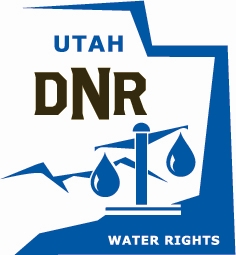If you rely on a well for your water supply, you may have heard of hydrofracking as a potential solution to low water output. But what exactly is hydrofracking, and how can it benefit your well? In this post, we break down the process, its advantages, and whether it might be the right solution for your water well.
What Is Hydrofracking?
Hydrofracking, short for hydro-fracturing, is a well development process that increases the flow of water from underground fractures into a well. It involves injecting high-pressure water into the bedrock surrounding the well, opening up existing fractures and creating new pathways for groundwater to flow more freely.
This method is commonly used in areas with low-yield wells where groundwater availability is limited. Hydrofracking can be a cost-effective alternative to drilling a new well when an existing well isn’t producing enough water.
How Does Hydrofracking Work?
The hydrofracking process is relatively straightforward but requires specialized equipment and expertise. Here’s how it typically works:
- Well Assessment – A professional evaluates your well to determine if hydrofracking is a viable solution.
- Sealing the Well – A packer (a rubber bladder or mechanical seal) is placed inside the well to isolate the targeted area for treatment.
- High-Pressure Water Injection – Large volumes of water are pumped at high pressure (typically between 1,500 and 3,000 psi) into the well to widen and extend fractures in the bedrock.
- Monitoring Results – The well is tested to see if water yield has improved. In many cases, hydrofracking significantly increases water flow.
Can Hydrofracking Improve My Well’s Water Yield?
Hydrofracking can be highly effective in boosting water production, but results can vary based on several factors:
- Geology of Your Area – If your well is in an area with minimal fractures, hydrofracking may have limited success.
- Current Well Performance – If your well is producing very little or no water, hydrofracking may be a worthwhile solution before considering drilling a new well.
- Previous Hydrofracking Attempts – If hydrofracking has been performed on your well before, results may not be as dramatic with subsequent attempts.
Many homeowners experience a significant increase in water yield after hydrofracking, often doubling or tripling their well’s output.
Is Hydrofracking Safe?
Yes, hydrofracking for water wells is a safe and environmentally responsible process when conducted by trained professionals. Unlike hydraulic fracturing used in the oil and gas industry, water well hydrofracking does not use chemicals—only clean, potable water is injected into the ground.
When Should You Consider Hydrofracking?
You may want to consider hydrofracking if:
- Your well produces less water than needed for daily household use.
- You notice a decline in water pressure over time.
- Your well has been assessed by a professional, and hydrofracking is recommended as a solution.
Get Expert Advice on Hydrofracking
If you’re experiencing low water yield from your well, hydrofracking could be the solution you need. At Wasatch Drilling & Pump Service, we specialize in well pump services and hydrofracking solutions throughout Northern Utah. Our team can evaluate your well and determine the best course of action to ensure you have a reliable water supply.
Give us a call today at (435) 257-2369 or contact us online to learn more about hydrofracking and other well services.





